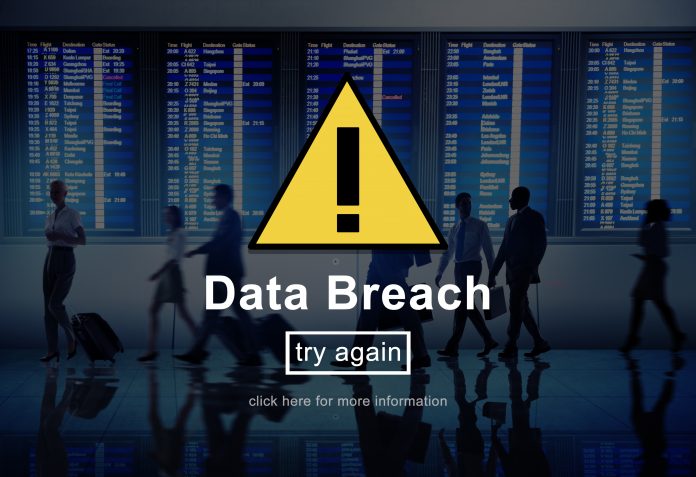In this article, Paul Mercina explores how the ongoing risk of data breaches can be navigated and dealt with by local authorities in the UK
Data breaches are catastrophic for any industry, but particularly in local authorities where consumer trust is paramount. The reputational damage to an organisation can be terminal.
One in four councils breached
Over a quarter of all UK councils have had their IT systems breached in the past five years, according to privacy campaign group Big Brother Watch. Freedom of information requests sent by the group found that 114 councils experienced at least one incident between 2013 and 2017, as well as more than 98 million cyber attacks on local councils in total across the country.
This amounts to 37 cyber attacks launched every minute on the local governments, with successful attempts potentially giving hackers access to the sensitive and personal information of UK citizens, said Big Brother Watch in its ‘Cyber attacks in local authorities’ report.
Lack of training
Worst yet, the same report found that despite human error being the main factor in a successful hack, 75% of local authorities said their staff don’t undergo compulsory cybersecurity training.
Whilst it is not possible to prevent all breaches, there are certain steps which can be taken to minimise risk:
Vigilance is key
Vigilance should be an essential part of an organisation’s strategy. Authorities should be working with an IT managed service provider to ensure that they are always following up to date best practice guidelines and pro-actively questioning the set-up and the associated risks. A Managed Service Provider has the benefit of working with various organisations that span many verticals and this breadth offers many proactive benefits and insights into attacks and fixes. It’s also important to design a business continuity plan to ensure the minimum possible exposure to risk and a guaranteed successful recovery point both in time and data.
Any business continuity plan needs an executive owner/sponsor who has the experience and authority to get things done in a timely and processed manner. All action plans should be regularly reviewed at board level and shared with all stakeholders so that all the risks and organisational implications are visible and planned for to avoid the plan’s implementation being hampered by budget or knowledge constraints.
Data classification and encryption
Local authorities should take steps to classify their data in accordance with its sensitivity relative to a potential breach. There is no doubt that classification of data can help deliver tangible benefits such as reducing risk, while at the same time ensuring compliance with key industry regulations.
The most sensitive data should have the greatest protection layers and encryption around it, with access level policies in place. Examples of this data could be electoral information and residents’ financial information. Were this data to be breached it would present significant risk and all measures should be taken to ensure this data is inaccessible.
It’s also imperative that all employees within the organisation are familiar with how the data is classified and protected to ensure they are all conscious of their own security levels. This can help to provide an early warning system of a potential threat caused by human error.
Employee engagement
Every local authority should have a process in place that involves the regular review of cybersecurity risks from C-suite level down to the rest of the organisation. It is important to remember that most security breaches are due to human error, with the wrong recipient for an email accounting for many of the security breaches.
This highlights the importance of well-informed staff in avoiding a threat to an organisation’s IT systems. Employees must be regularly trained on any infrastructure or technology that is put in place to address cybersecurity. The technology used to protect an organisations data is only ever as good as the people that are using it. Clear and precise usage guidance is imperative to minimise the chances of human error.
Top-down security culture
Fostering a culture of security can significantly reduce an organisation’s risk. CIOs and CISOs need to ensure that every employee within the organisation is aware of the threats they could face, whether it’s a phishing email, sharing passwords or using an insecure network. The cybersecurity landscape is continuously changing with hackers finding new ways to access information. Hence one-off training sessions will not suffice: creating a culture of consistent awareness of threats is required along with a robust security and continuity plan throughout the organisation.
For local authorities, the threat of a data breach has never been more real.
Due to the sensitive nature of the data which they hold, these organisations will continue to be a primary target for hackers. Whilst an attack cannot be fully prevented, by taking control of its security solutions and fostering a culture of continuous security awareness, local authorities can reduce the risk of becoming the next big headline.

Paul Mercina
Director of Product Management











